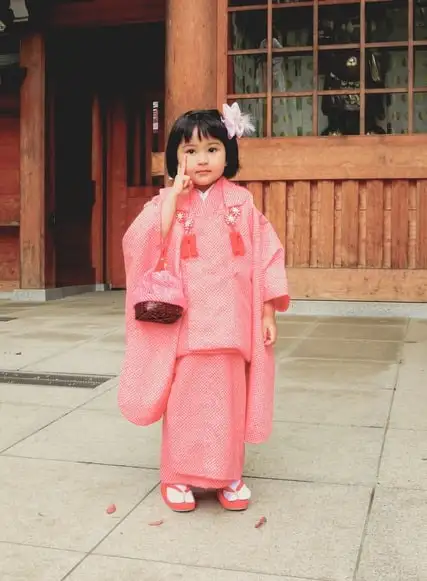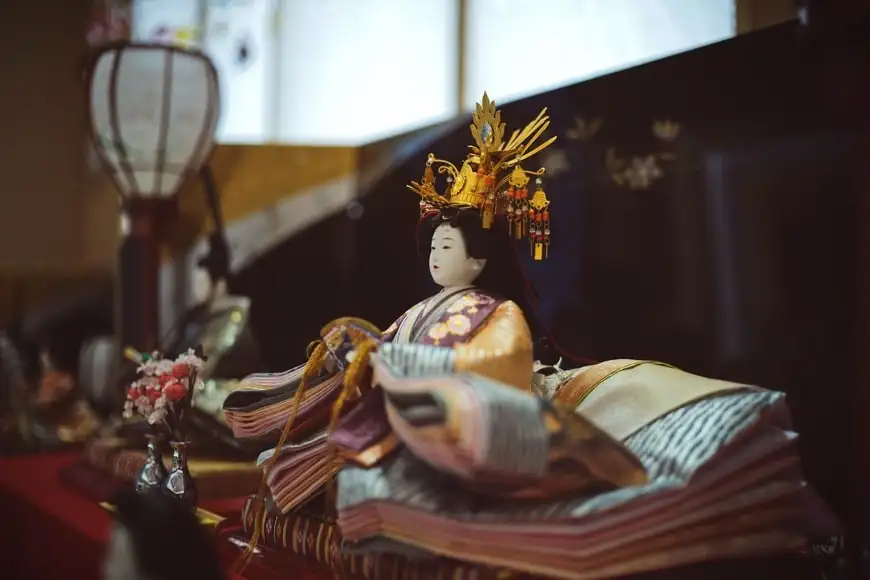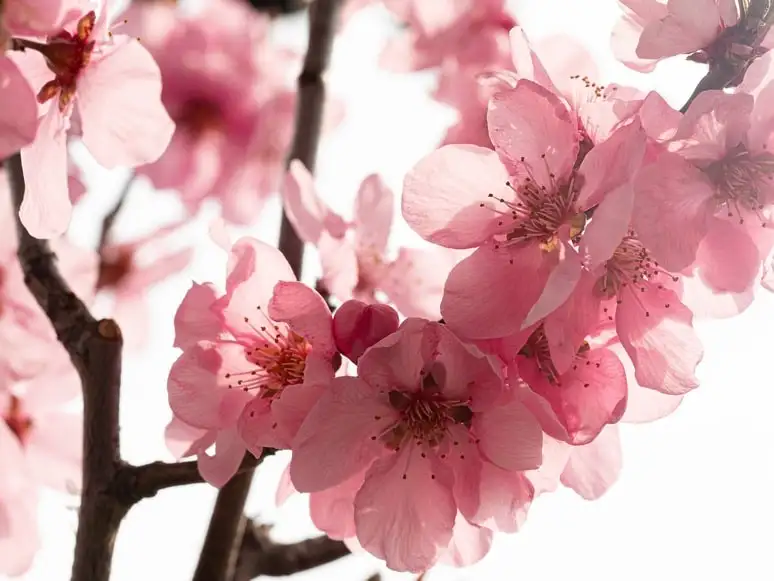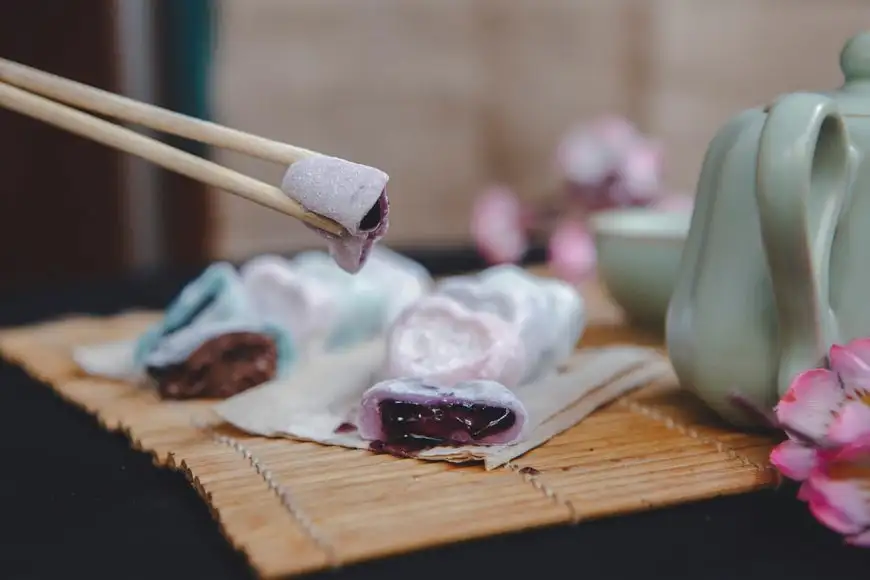Japan is known as the land of all things cute. But there is no question in anyone's mind that nothing could be cuter than Hinamatsuri Day. This springtime festival, celebrated every year on March 3, combines art, history, and family in celebrating their daughters. As if you need one more reason to book flights to Japan this spring, make it Hinamatsuri Day!

Hinamatsuri Day is also known as Girl's Day, a springtime festival that celebrates daughters. (Source: zoo_monkey/Unsplash).
The Origin and History of Hinamatsuri Day
Hinamatsuri Day is one of the most important and most widely-celebrated festivals in Japan. It is, in fact, one of the five gosekku, or seasonal festivals. Originally, the designated date for celebrating Hinamatsuri Day was based on auspicious dates on the Chinese calendar; when Japan adopted the Gregorian calendar, the date was set to March 3. In the city of Tottori, however, Hinamatsuri Day is still celebrated following the Chinese calendar, so it does not always fall on March 3.
Before it became known as "Doll's Day" or "Girl's Day", Hinamatsuri Day was known as the "Peach Festival", because it was celebrated at the start of spring, which coincides with the blossoming of peach flowers. In its original inception, during Japan's Heian Period (794–1185), the festival was celebrated to pray for good fortune. An important aspect of the festival was sending away paper- or straw-dolls on rafts down the river, a ritual they believed would carry away their sins and ward off evil spirits and misfortune.
The present-day practice of displaying dolls did not materialize until much later in 1624, during the Edo Period (1603–1868). And it wasn't until the succession to the throne of Empress Meishō in 1687 that the festival officially became known as Hinamatsuri Day.
There are many, though unverified, tales as to how the name Hinamatsuri came to be. One popular version attributes it to the Peach Festival ritual of sending dolls on the river - known as the nagashi-hina. Another version states that the name came from the word hina-asobi, the name for doll's play practiced by the daughters of Heian-period nobility. Some versions say the festival's name comes from a combination of the two terms. However way it came to be, today's version of the Hinamatsuri Day centers around the dolls known as hina dolls.
Considering its popularity today, it's impossible to imagine a period when Hinamatsuri Day was not celebrated. But during the Meiji Period (1868–1912), which marked the modernization of Japan and the introduction of newer festivals, its popularity slightly waned. But it has bounced back in that regard, and eventually turned into a day of honoring the daughters of the family, becoming the "Girl's Day" that it is known today. This traditional celebration is so widespread that you'll find the doll displays everywhere, from the lobbies of hotels in Tokyo to shopping malls and restaurants.
Hinamatsuri Day Dolls: The Dolls and Their Meaning

The Empress doll sits beside the Emperor doll at the top of a traditional Hinamatsuri platform. (Source: Will H McMahan/Unsplash).
Hinamatsuri Dolls, known as hina, vary in appearance; some are simple, handmade folded paper dolls while others are made from elaborate - and expensive - wood carvings. Some are store-bought, although it is also not uncommon for families to keep them as heirlooms. It is typical for families to gift their daughters their first hina doll sets before they celebrate their first Hinamatsuri Day. Some families even give them as gifts right at birth!
Displaying the dolls in the traditional setup is said to bring good fortune and good health to the girls in the household.
The traditional hina doll setup is composed of 15 dolls and accessories, displayed on 5, sometimes up to 7, platforms known as hinadan. The stacked platforms are covered in a red carpet-like material, with each doll representing a Heian-period Emperor, Empress, and their entourage.
The top of the platform holds the imperial dolls or the dairi-bina. The Emperor and Empress dolls sit side by side; on whether which side the dolls sit on - left or right - varies regionally. In the greater Tokyo area, the Emperor doll sits on stage right (from the doll's perspective) and the Empress on the left, but the positions are the opposite way in Osaka and Kyoto. The dolls are flanked on each side by bonbori, or lamps. The dolls are also commonly placed in front of a gold-colored byōbu or folding screen. Other accoutrements to the top tier include lanterns, vases, peach branches, and Japanese garden trees.
Sitting below the royal couple are the san-nin kanjo - three court ladies. The court ladies are typically posed to show serving drinks and food.
On the third tier are the gonin bayashi - five male musicians, four of whom are holding different musical instruments. The fifth one, the singer doll, holds a fan. In larger hina doll collections, the band has up to ten musicians.
The fourth tier is reserved for two ministers, or the daijin. They serve as the bodyguards of the couple, and are typically depicted with bows and arrows, and gifts meant for the royal couple is displayed between them.
The fifth tier displays a group of three helpers - shicho - who are meant to depict three types of drinkers: the crying drinker (nakijōgo), the laughing drinker (waraijōgo), and the angry drinker (okorijōgo).
For larger platforms, the bottom layers are used to display accessories that are typically found in the imperial household.
Hinamatsuri Day: How to Celebrate Hinamatsuri Day

Pink is a common motif for Hinamatsuri Day celebrations, as the color is regarded as a symbol of femininity in Japan. Peach blossoms are also a typical Hinamatsuri Day décor, because the festival used to be known as Peach Festival. (Source: Sandra Oberer/Unsplash).
Because Hinamatsuri Day is "Girl's Day," it is often only celebrated in homes with daughters, but the celebration is so widespread that even tourists can experience it. It's one of those absolute, can't-miss things to do in Japan.
Hinamatsuri Day celebrations typically center around food. Hinamatsuri Day spreads are just as delightful as everything else about this day.
A special version of rice crackers called hina-arare, is one of the most traditional Hinamatsuri Day foods. They are dyed pink and green for the celebrations.
Chirashi-zushi or scattered sushi, is also a traditional savory dish served for the occasion. This rice dish is, essentially, a deconstructed sushi. Instead of being made of rolled up rice, the Chirashi-zushi is composed of colorful layers of rice and other elements, and is topped with sashimi.
You can also expect a clam soup, known as ushiojiru to be served on Hinamatsuri Day. It is consumed for its symbolic meaning, with the shells symbolizing unity and harmony.
Of course, no Hinamatsuri Day celebration is ever complete without sweets. But of all the Hinamatsuri Day desserts, the most important is the hishi mochi. The hishi mochi is a diamond-shaped, layered dessert; each layer is a distinct flavor and color - with the pink layer being made of cape jasmine, the white, water caltrop, and the green layer being mugworth. The hishi mochi's unique shape represents fertility.
Sakura mochi, a pink-colored rice cake, is also a popular Hinamatsuri Day dessert. This mochi is more typical in that, it is round and filled with delectably sweet red bean paste filling. The mochi is wrapped in cherry blossom leaves.

Sakura mochi, a pink-colored rice ball with a sweet red bean paste filling is a traditional treat for during Hinamatsuri Day (Source: Ahamada Zubery/Unsplash).
Besides food, there is also a tradition known as tsurushi bina associated with Hinamatsuri Day. The tsurushi bina refers to decorations hung on a silk string from the ceiling. The decors typically include handmade miniature dolls, made of leftover kimono silk fabrics.
What are you waiting for? Book your tickets to Japan now and arrive just in time for Hinamatsuri Day!
FAQs About Hinamatsuri Day
-
What is the purpose of Hinamatsuri?
Hinamatsuri is a festival that celebrates girls. On this day, families wish good fortune and good health for the girls in their family.
-
How do the Japanese celebrate Hinamatsuri Day?
One of the most important aspects of celebrating Hinamatsuri Day is to display traditional dolls on a five- or seven-tier platform. The dolls are fashioned after Imperial Japan's Heian Period, with the Emperor and Empress dolls taking the spots at the top.
-
What do people eat on Hinamatsuri Day?
Traditional Hinamatsuri Day dishes include colorful rice snacks called Hina Anare. Pink-hued sakura mochi rice cakes are also a traditional treat.
-
What happens during Hinamatsuri?
On Hinamatsuri Day, families display the traditional Hinamatsuri dolls as a way to wish good fortune on their daughters. They also share traditional meals as a family. In some regions, the practice of sending paper or straw dolls down the river is still common, as a way of praying for good luck and warding off evil spirits and misfortune.p>
-
What do people wear during Hinamatsuri?
On Girl's Day, parents dress their daughters in colorful kimonos to visit shrines.
